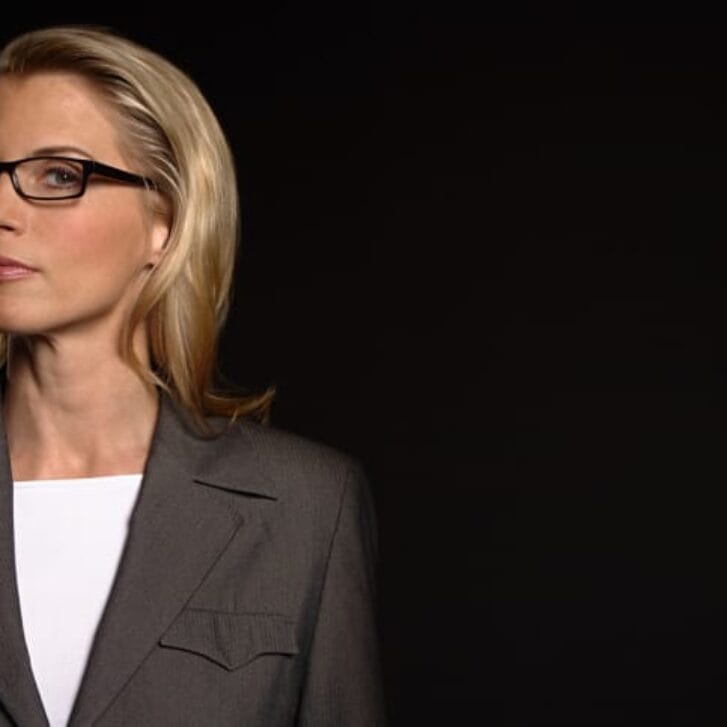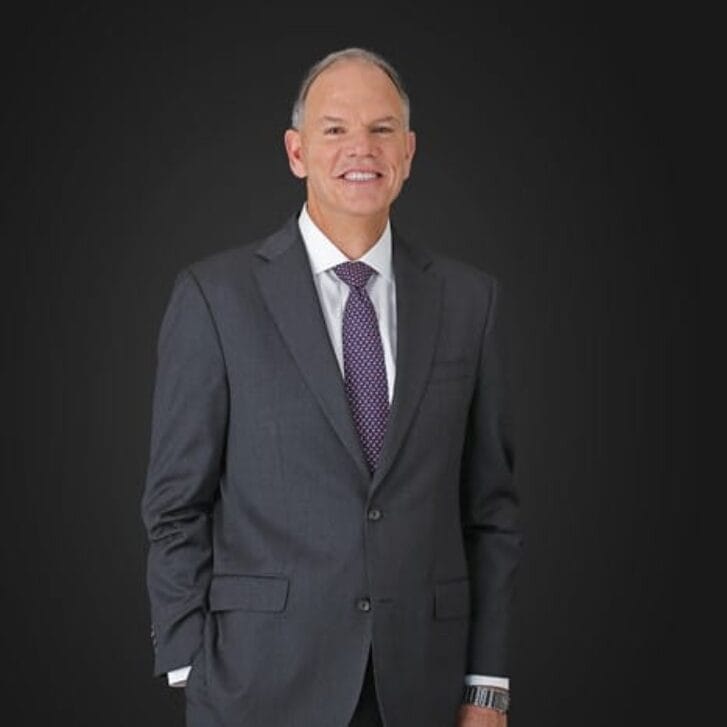Recently I had the opportunity to discuss appropriate use in cardiac care on Sirius XM channel 111’s “The Business of Health Care” program with Bonnie Weiner, MD, chief medical officer for the Accreditation for Cardiovascular Excellence and Professor of Medicine at UMASS, Worcester; Zoltan Turi, MD, Professor of Medicine at the Seton Hall Hackensack Meridian School of Medicine and co-director of the Structural Heart Programs and Cardiac Cath Lab; and Manesh Patel, MD, director of cardiology at the Duke University School of Medicine.
As we discussed in a previous blog post, inappropriate medical care in the U.S. accounts for $700 billion in wasted spending, and cardiac medicine is a significant part of that problem. Approximately one out of every six health care dollars is spent annually on cardiac care. That adds up to $600 billion total per year. Additionally, if one uses the national average of 15-20 percent of care being inappropriate, then $100-120 billion of the money spent on cardiac care is wasted. Luckily, innovations in the field of cardiac care may be leading the way towards solving the inappropriate care crisis.
There are a variety of ways in which inappropriate care can occur, such as underuse, overuse and misuse of medical services—all of which constitute a service that provides little to no medical benefit to a patient while simultaneously incurring unnecessary costs. Examples of inappropriate care include performing a cardiac stress test on an asymptomatic patient, performing an angioplasty/stent in a patient that has less than 30 percent blockage of their right coronary artery, or finding less than 20 percent stenosis in a coronary angiography patient.
The solution to inappropriate medical services is knowing what care is the right care, at the right time, on the right patient, and having the evidence to make this distinction at your fingertips. One of our guests, Dr. Manesh Patel, has chaired several appropriate use writing groups, which have published on topics such as coronary revascularization in patients with stable ischemic heart disease and cardiovascular technology. Access to a plethora of high quality evidence and the use of patient registries have allowed cardiac professionals like Dr. Patel to stay on the cutting edge of appropriate use.
In order to combat the propagation of inappropriate care practices, experts in the field of cardiac medicine are creating criteria for establishing what care is necessary and what isn’t. Criteria for appropriate care is now being established by the specialty societies and incorporated into coverage policies by many of the main payers such as Medicare, United Healthcare, Anthem, and Aetna. Now, if a cardiac clinician wants to be paid for the necessary care they provide, they can look to appropriate use. Clearly, the field of cardiology realized that if they did not establish appropriate use, the health insurers would do this for them. Appropriate use criteria is currently being made available for clinicians to use at their patient’s bedside via mobile devices/applications. By utilizing these criteria, experts in the field of cardiac care are paving the way for how medicine is going to be practiced in the future.
For audio of this episode of “The Business of Health Care” on Business Radio Powered by the Wharton School on Sirius XM Channel 111, click below:
https://soundcloud.com/user-414944777/medical-waste-cardiac-care

























